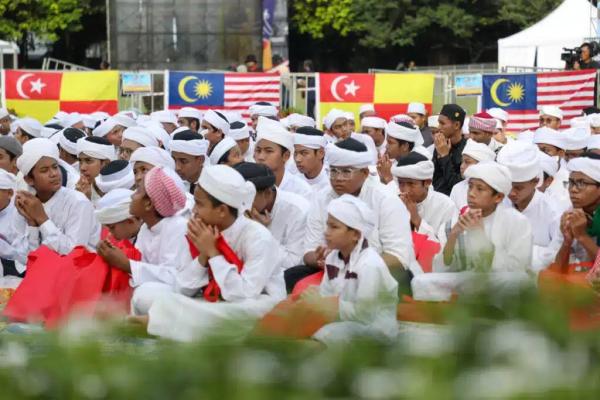By Norrasyidah Arshad
SHAH ALAM, Jan 3 — Approximately 570 tahfiz institutes are targeted to undergo the "Whitening 2.0" process by August this year, which will ensure the safety of its students and residents.
State executive councillor for Islamic affairs and innovation Dr Mohammad Fahmi Ngah said that, as a start, 24 tahfiz institutes have submitted applications to the local authorities to obtain the Limited Planning Permission (KMTT).
"This is a pilot project. We have selected 24 tahfiz institutes and will observe the application process and feedback from the local authorities. We aim for an average of 50 applications to be submitted monthly from January until August.
[caption id="attachment_362395" align="alignright" width="431"] State executive councillor for Islam and innovation Dr Fahmi Ngah speaks during an interview with Media Selangor at the Sultan Salahuddin Abdul Aziz Shah building, Shah Alam, on June 28, 2024. — Picture by FIKRI YUSOF/SELANGORKINI[/caption]
State executive councillor for Islam and innovation Dr Fahmi Ngah speaks during an interview with Media Selangor at the Sultan Salahuddin Abdul Aziz Shah building, Shah Alam, on June 28, 2024. — Picture by FIKRI YUSOF/SELANGORKINI[/caption]
"Thus, over 570 centres are expected to register. Any centres that are left out may submit their applications until December this year," he said on social media today.
Fahmi added that his office is collaborating with the Selangor Quran Tahfiz Institutions Association (Pitas) to streamline the KMTT application process.
"With this collaboration, we are confident that 570 tahfiz centres will successfully complete the whitening process and be certified safe this year, thereby avoiding tragedies like the Darul Quran Ittifaqiyah fire (in 2017) and the tahfiz centre in Kampung Medan, Telok Panglima Garang (in 2023)," he said.
Fahmi was referring to the fire which broke out at Darul Quran Ittifaqiyah in Kampung Datuk Keramat, Kuala Lumpur, on September 14, 2017, where 21 students and two teachers lost their lives.
Similarly, a fire destroyed a tahfiz centre in Kampung Medan on July 31, 2023, but no casualties were reported as all 20 male students managed to escape.
Last year, the state government introduced several amendments under the "Whitening 2.0" programme to ensure student safety while easing the burden on operators, including KMTT flexibilities and fee exemptions.




